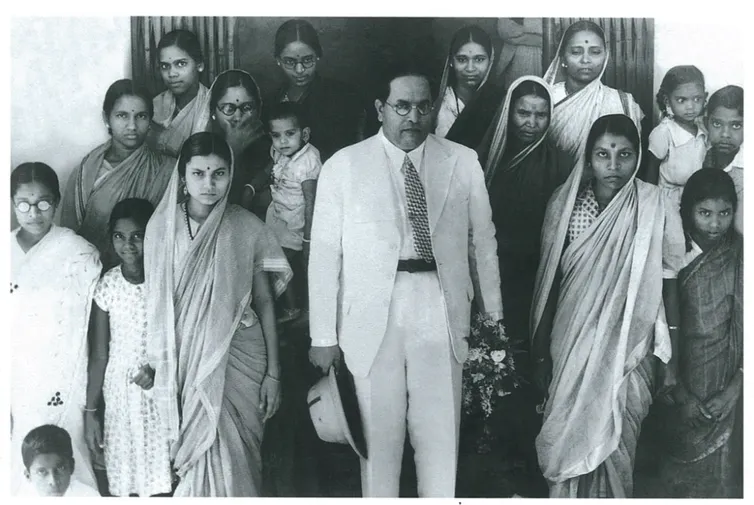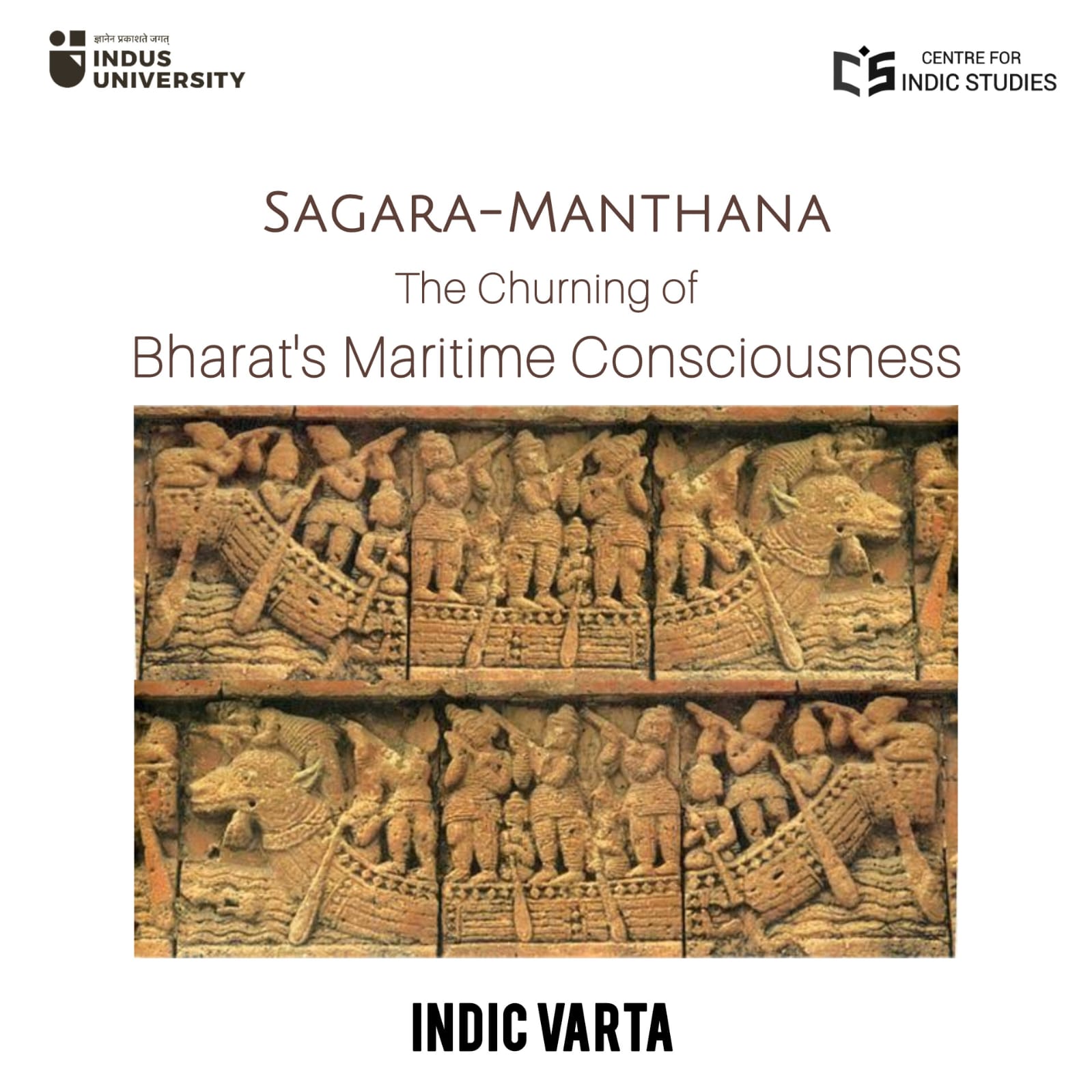- Visitor:52
- Published on:
Dalit Society in the 1930s
In those days, the Dalit society was steeped in the darkness of illiteracy, poverty, exploitation, oppression, and the inferiority complex arising from all this. Moreover, it was so devoid of political consciousness that Dr. Ambedkar rightly called it the ‘Silent Hero’

Why did the Rajah Moonje pact not work out? Did it not enjoy the support of the Dalit classes? Our attempts to answer these questions give us an opportunity to witness the state of Dalit society and leadership in the third decade [of the twentieth century. In those days, the Dalit society was steeped in the darkness of illiteracy, poverty, exploitation, oppression, and the inferiority complex arising from all this. Moreover, it was so devoid of political consciousness that Dr. Ambedkar rightly called it the ‘Silent Hero‘. Acknowledging this situation in a press statement of 18th March 1932, M.C. Rajah said, “Only a limited number of people of my community fully comprehend contemporary politics and the rapidly changing developments. After all, how many people are there in the Dalit community who know about the proceedings of the Round Table Conference or who are aware of the workings of various committees operating in India these days?”
The tiny leadership that emerged among the Dalit classes at that time was carrying the crutches supported by colonial officials or the upper castes. There were less than a handful number of people who could speak English or develop their own independent views. It is perhaps, for this reason then, that the following question was repeatedly asked by the Simon Commission (1928 ) and the Lothian Committee (1932 ) at the time of the testimony of Dalit leaders: If you are allotted seats in proportion to your population, are you sure that there would be adequate number of capable people among the Dalit classes who could fill these seats and justify the responsibilities associated with them?
As soon as the communal decision was announced by the British Minister on 16th August 1932, the Viceroy sent a circular to sub-provincial Governors asking for the response of the people likely to be affected by this decision. Most of the provinces replied that as far as Dalits are concerned, they are neither aware of these questions nor have any understanding or interest.
A similar picture of the Dalits is reflected in the 1943 correspondence between Leo Amery, Secretary of State for India, and Viceroy Lord Linlithgow. In his letters on 16th December 1942 and 8th February 1943, Amery requested the Viceroy, based on Dr. Ambedkar’s report, to recognize the political importance of the Dalit classes in view of their large population and give them more and more space in government jobs, councils, and committees. In his reply, the Viceroy wrote that he was aware of the political importance of Dalits and was also trying to move forward on Dr. Ambedkar’s report. But the challenge was that the Dalit community did not have enough capable people. On 8th March 1943, Lord Linlithgow again wrote, “The weakness of this community is really that they have only one or two capable leaders. There is no one beyond Ambedkar, Rajah and Shivraj. Their population is in lakhs and crores, yet they do not have the capacity to take care of themselves.”
Gandhiji had seen the Dalit reality with his own eyes on his visit to villages all over India. In November 1936, he had spoken to Dr. John Matt (John Matt), chairman of the International Missionary Council, saying, “Why don’t you poor chaps start trying to convert me or Mahadev?” Gandhiji was accused of equating Harijans with cows and not even in the category of human beings. Responding to this attack, Gandhiji wrote in Harijan, “Cow is very sacred and an object of reverence for me: but it is innocent and mute. My Harijan brother is equally sacred to me; But I know that like the cow, he is at present, innocent and mute. I am talking about today, not about thirty years ahead.” The large self-assured class that has emerged among the Dalits in the last 50-60 years may not have seen this past reality, but this was the harsh reality of those times.
It was in such a community that Dr. Ambedkar was born with a rare and sharp intellect. Due to his intellectual prowess, he went abroad and received the highest education. He acquired unparalleled command over the English language. He had a razor-sharp intellect and could brilliantly argue his case as a lawyer. He could present his well-researched views on any subject in a scientific manner in the modern idiom. Impressed by his strong talents, Gandhiji once mistook him to be a Brahmin rather than a Dalit. It is because of his intellectual abilities that Dr. Ambedkar may have appeared more useful to the colonial rulers as well. Considering his talents, Dr. Ambedkar was given the distinguished responsibility of framing the constitution and given a place in the first Cabinet of Independent India.
It is impossible to express, in written language, the comprehensive picture of Dalit society in the third decade. Yet if the written word and that too of the English language be considered the main source of historical assessment, then certainly any contemporary researcher would say that the grand stature of Dr. Ambedkar shone like a 1,000 watt bulb in comparison to other Dalit leaders who were like ten watt bulbs in front of Dr. Ambedkar. It is well known that Dr. Ambedkar started a Marathi fortnightly in 1927 under the name ‘Bahiskrit Bharat’. But how many of us know that another Dalit leader Ganesh Akka Gavai started a magazine with the same name in Amaravati thirteen years before in 1914 and despite being a Gavai Swami Mahar, he did not agree with Dr. Ambedkar’s vision and politics throughout his life.
With a view to getting information about Rajah Moonje pact, when we perused the existing literature on Dr. Ambedkar, we found that most of the books do not even mention this pact. But is this the reality? The primary sources say something else.
[Navbharat Times, June 15, 1995]
Translated from Hindi by Ankur Kakkar
Center for Indic Studies is now on Telegram. For regular updates on Indic Varta, Indic Talks and Indic Courses at CIS, please subscribe to our telegram channel !
- 26 min read
- 0
- 0










